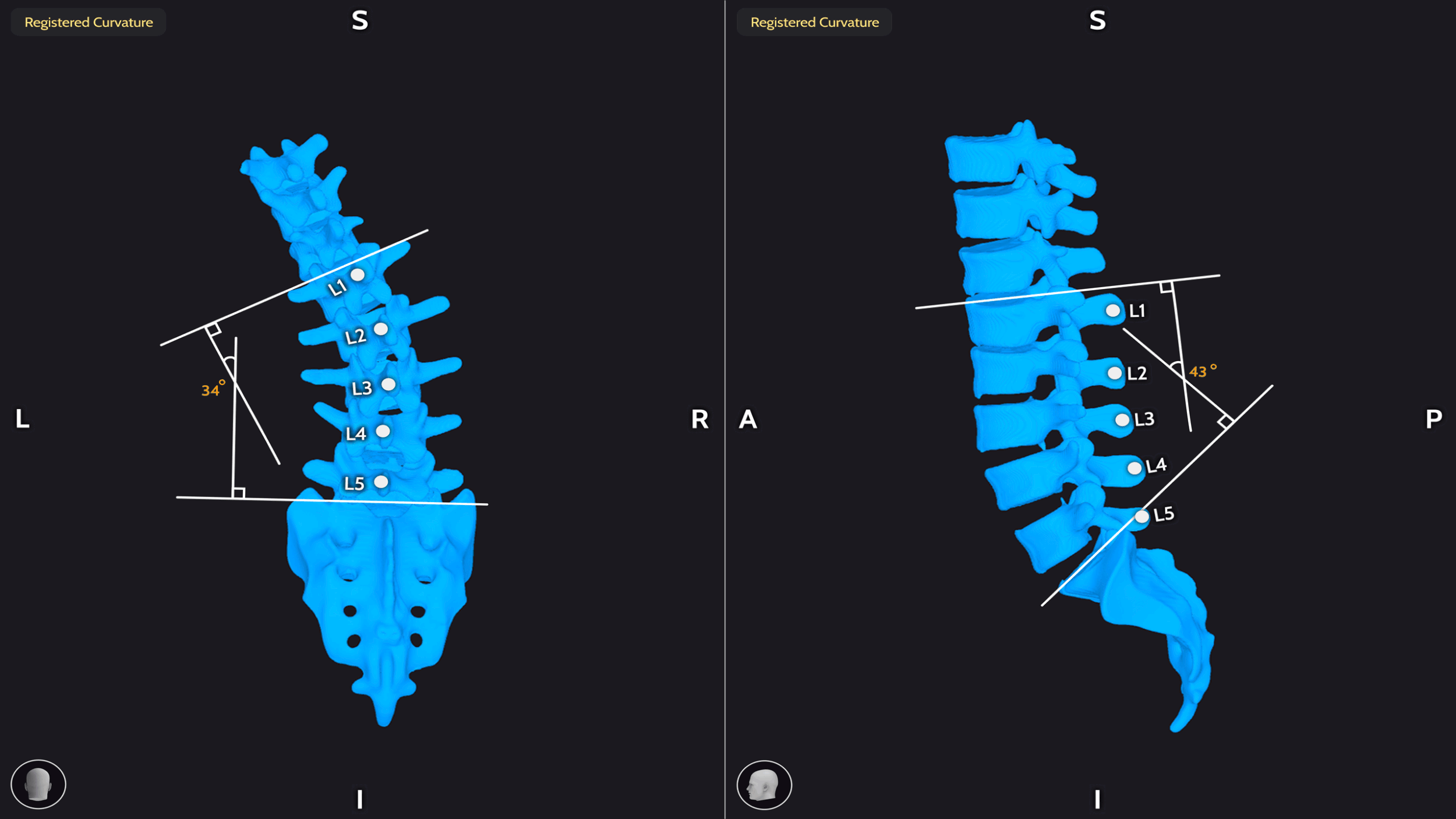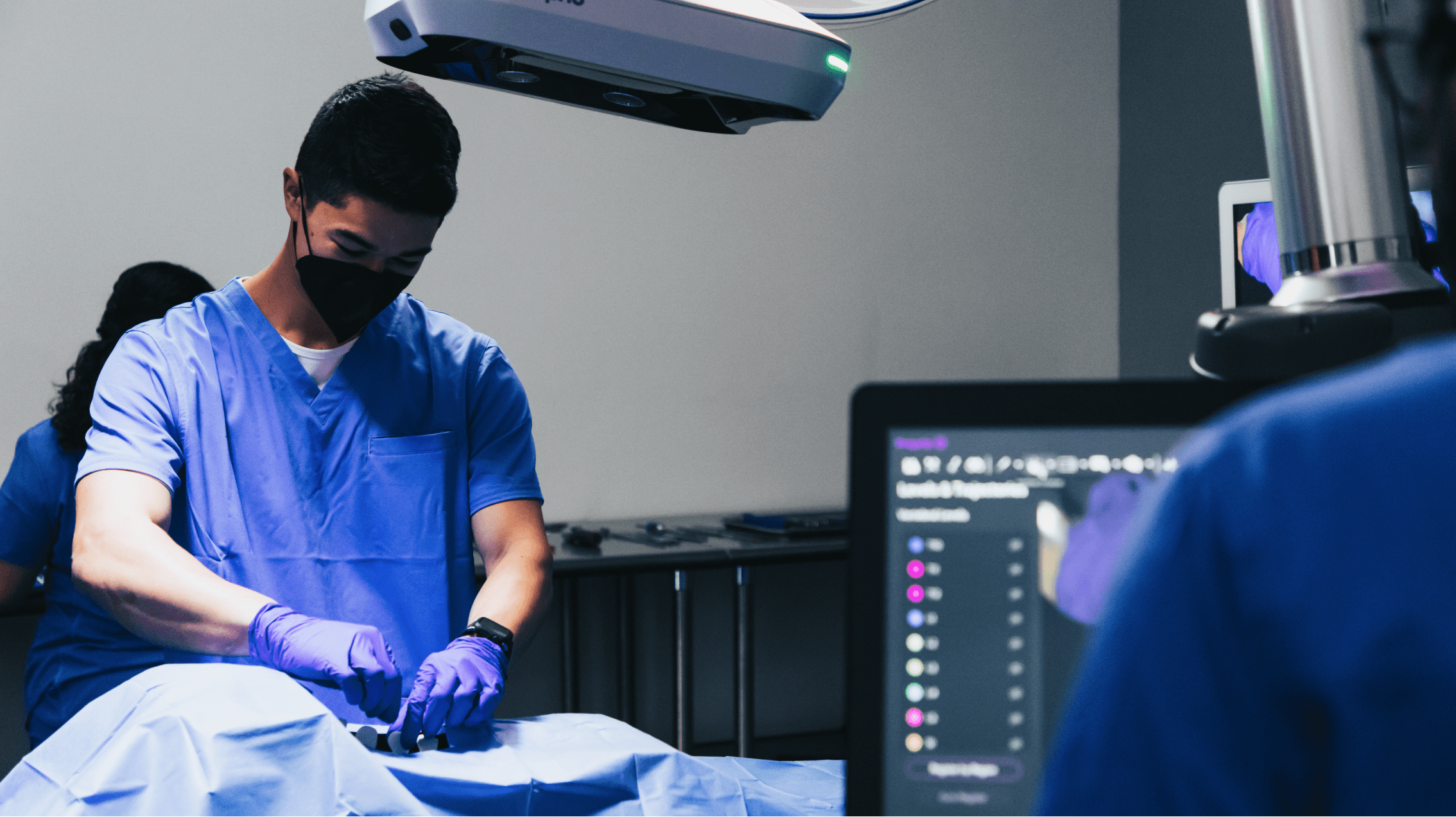
Proprio: Innovation in Med Tech
How I led UX strategy, people, and design for safety in a groundbreaking surgical guidance platform.
This page is in-progress, last update July 16, 2025
Leading UX at Proprio
50+
Clinical Cases
3
FDA 510k Clearances
4
Design Awards
My Role & Leadership
Head of UX at Proprio
Leading design strategy and user-facing software engineering for a cutting-edge surgical guidance system, with a focus on safety, usability, and innovation in the operating room.
Managed Hybrid Team
I scaled the team over five years to support the product from launch through ongoing updates and innovation. Direct reports included:
UX Designers
Software Engineers (UI, 3D, Graphics)
Software Test Engineers
VR Prototypers
Leadership Philosophy
Collaboration is key
Lead calmly through turbulence
Foster learning, especially AI tools
Support career growth
Data driven success metrics
Deliver high quality experience
About Proprio
All product images and videos are courtesy of Proprio, Inc.
Paradigm is a real-time 3D surgical guidance system that enables intraoperative visualization and measurement—without radiation. The platform integrates machine learning, computer vision with depth and RGB cameras, and optically tracked surgical instruments.
Proprio’s data-first mindset ensures the product records surgical procedures in real time, enabling a pipeline of AI data products.
See more about the technology at propriovision.com

The Challenge
People may require spinal fusion to reduce pain and stabilize the spine from conditions like scoliosis, degenerative disc disease, and fractures. Yet current methods face serious clinical, technical, and business hurdles.
Clinical & User Problems
Radiation exposure: Frequent CT scans expose patients and surgical staff to health risks.
Severe consequences: Errors in complex spine surgery can cause lifelong pain or paralysis.
Steep learning curve: Over 13 years of training is needed, leaving too few surgeons for growing demand.
Limited data capture: Lack of intraoperative data limits learning and surgical improvements.
Product & Business Challenges
Regulatory complexity: Class II devices must meet strict FDA standards and documentation.
Workflow sensitivity: Surgeons resist tools that disrupt established routines.
AI Integration: AI outputs must achieve accuracy within clinically acceptable tolerances, support user-driven corrections, and maintain traceability to build trust.
Cross-functional alignment: Success requires tight collaboration across diverse teams.
Pressure to innovate safely: Companies must deliver new solutions without compromising safety or compliance.
Cross-Functional Collaboration
Bridged silos to align UX with surgical workflows, safety, compliance, and business goals. Aligning on the realities of our complex technology.
Surgeons & Clinical Teams
Regulatory & Quality
Engineering
(SW, Systems, HW)
Product Management
Business Leadership
Strategic UX Approach & Impact
Defined a UX vision balancing user needs, safety, regulatory compliance, and business goals. Highlights:
Early surgeon adoption at UW Harborview & Duke University with positive feedback
Enabled future AI data products through strategic UX design
Integrated usability engineering and risk analysis, enabling successful FDA clearances
Helped reduce surgical risks and streamline intraoperative workflows
Bridged silos to align UX with technical realities and business needs
Note: Many project details and artifacts are confidential. I’m happy to discuss my work and approach further in conversation.








